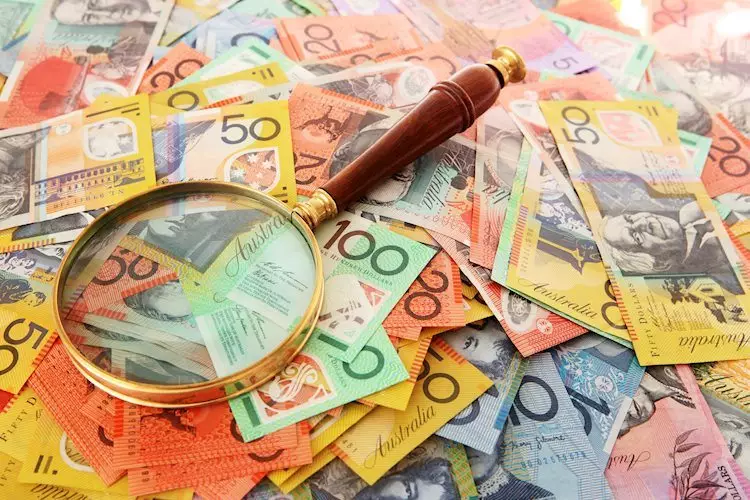The Australian Dollar (AUD) surged to near 0.6580 as the Reserve Bank of Australia (RBA) reiterated its hawkish stance in Thursday’s trading session. This marked an increase of 0.80% in the AUD/USD pair, driven by the RBA’s commitment to keeping interest rates steady at 4.35% while remaining vigilant of potential inflation risks. Additionally, the rise in commodity prices also contributed to the Aussie Dollar’s strength, positioning it as a top performer in the market.
Governor Bullock of the RBA emphasized the reduced need for rate cuts, stating that the board is prepared to raise rates if necessary to combat persistent inflation. This shift in rhetoric led to a significant adjustment in the market, with interest rate futures revising their expectations from 50 bps of cuts to 25 bps by the end of the year. The central bank’s stance reflects a cautious optimism towards economic recovery and price stability.
The AUD/USD pair has been trading within a defined range, with support at 0.6350 and resistance at 0.6590. The Relative Strength Index (RSI) rose towards 40, indicating a balance between buying and selling pressure and a resurgence of bullish sentiment. The Moving Average Convergence Divergence (MACD) shows a decrease in bearish momentum, suggesting a potential reversal in the trend. These technical indicators point towards a positive outlook for the Australian Dollar in the near term.
The RBA’s primary objective is to maintain price stability, with a target inflation rate of 2-3%. The central bank aims to contribute to the stability of the currency, full employment, and overall economic welfare. Interest rate decisions play a crucial role in achieving these goals, as higher rates tend to strengthen the Australian Dollar and attract foreign capital inflows. Other monetary policy tools, such as quantitative easing and tightening, are used to manage liquidity and credit conditions in the economy.
Macroeconomic data plays a significant role in determining the value of a currency. Strong economic indicators, such as GDP growth, manufacturing and services PMIs, employment figures, and consumer sentiment surveys, can bolster the AUD and prompt the RBA to consider raising interest rates. A robust economy attracts investors seeking stable and growing markets, leading to increased demand for the local currency.
In extreme circumstances where conventional monetary policy measures are insufficient, central banks resort to quantitative easing (QE) to provide liquidity to financial institutions. This process involves purchasing assets, such as government bonds, to stimulate credit flow in the economy. Conversely, quantitative tightening (QT) is implemented post-QE to curb inflation and reduce the central bank’s balance sheet. While QE tends to weaken the currency, QT can have a bullish impact on the Australian Dollar.
Overall, the Australian Dollar’s recent rally reflects a combination of positive market sentiment, strong monetary policy guidance from the RBA, and improved economic outlook. As global investors monitor developments in Australia’s economy, the AUD is poised to maintain its upward trajectory in the coming sessions.


Leave a Reply